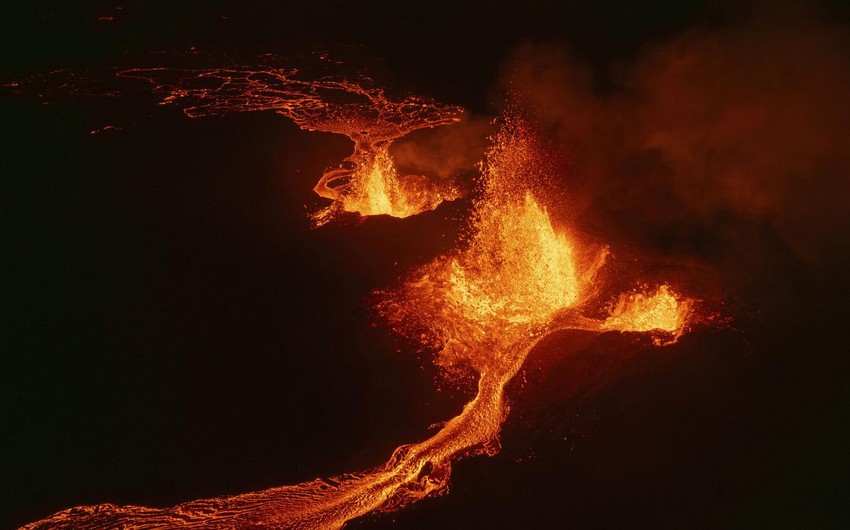Earth’s crust potentially holds a huge, untapped geothermal energy source: superhot rocks, Report informs via the Interesting Engineering.
Tapping into this geothermal energy source could be a game-changer in the transition to a clean, renewable energy future.
US-based company Quaise Energy calls these “superhot, superdeep rock” as “geothermal’s holy grail.”
They recently announced the results of their laboratory-based study, which confirmed the potential use of these hidden resources.
The study found that superhot rock can form interconnected fractures.
These fractures are crucial because water flowing through them can reach a supercritical state — a phase similar to steam, or water at scorching temperatures of above 400°C
It’s a powerful medium that can carry immense energy more than regular geothermal wells. This geothermal reservoir is located deep beneath the Earth’s surface and is known as a supercritical reservoir.
Furthermore, the study says that deep crust rocks that fracture under extremely high temperatures and pressures can be significantly more permeable than rock that fractures at cooler temperatures closer to the Earth’s surface.
Moreover, this superhot rock can deform more easily, which suggests it can change shape under stress.
“Those factors could make this geothermal resource much more economic,” said Geoffrey Garrison, Vice President of Operations for Quaise Energy.
There was disagreement among geologists about the possibility of harnessing energy from superdeep, superhot rock. Due to its high pressure and temperature, these rocks are said to be ductile, which makes them difficult to fracture.
However, the current research led by Ecole Polytechnique Fédéral de Lausanne (EPFL) confirms that fractures can form in this type of rock, even near the brittle-to-ductile transition zone. This suggests that tapping into superhot geothermal resources may be possible.
Superhot rock-based geothermal energy could provide a significant portion of the global energy needs, reducing our reliance on fossil fuels and combating climate change.
The study was reported in the journal Nature Communications.


 https://static.report.az/photo/602f126f-3156-3d63-a558-73eeab07dfe9.jpg
https://static.report.az/photo/602f126f-3156-3d63-a558-73eeab07dfe9.jpg

